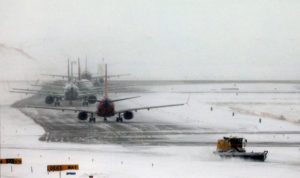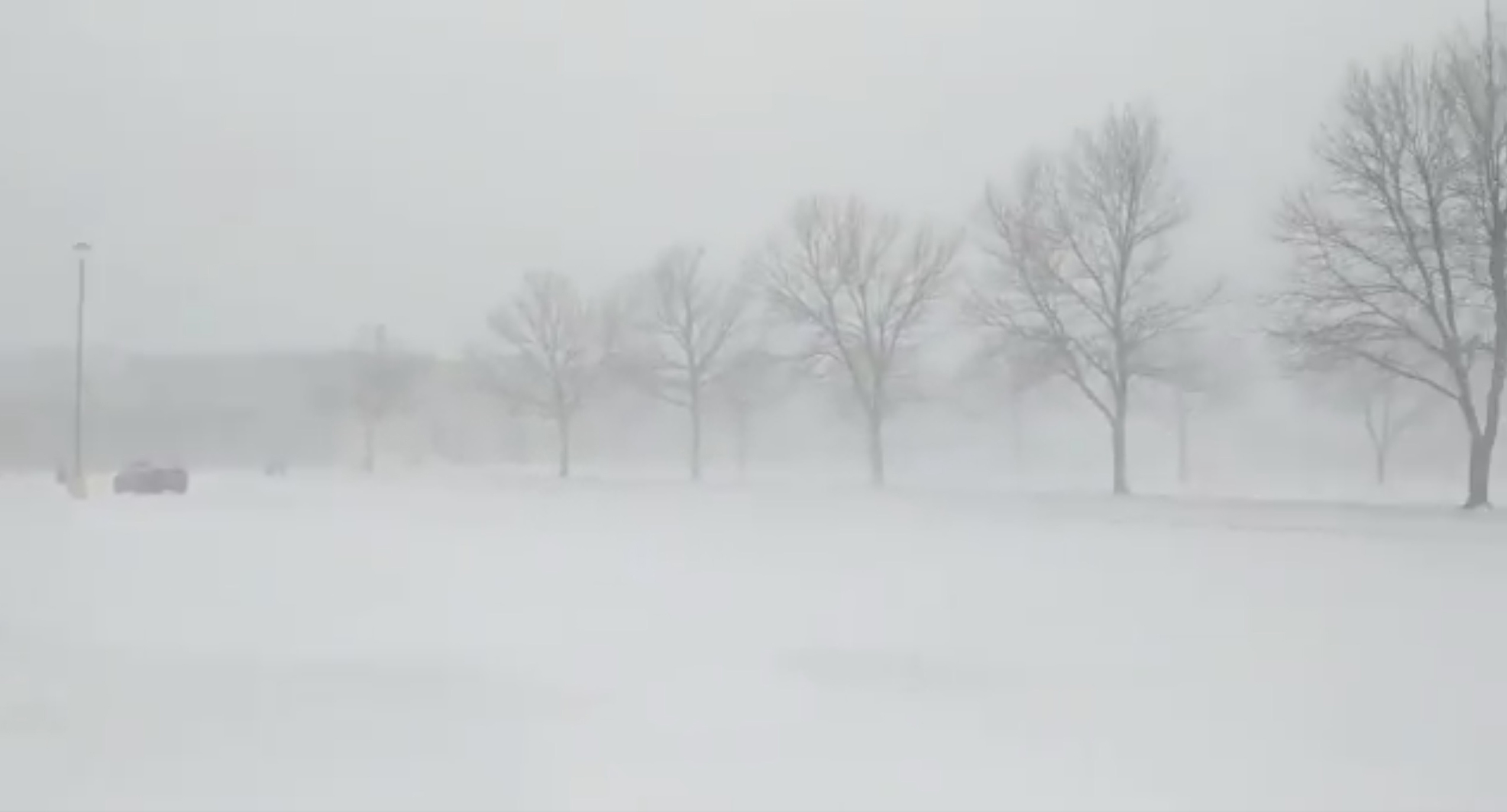
(Reuters) – Apple said it had baked into its outlook uncertainty related to a virus outbreak in China that has killed 132 and infected nearly 6,000. Starbucks warned results would be hit after it shut over half its cafes in the country.
Companies also restricted travel to China and asked staff there to work from home.
Here’s what large companies have said about the outbreak:
TRAVEL ADVISORIES/EVACUATIONS/QUARANTINES:
* Facebook suspended non-essential travel to mainland China and told employees who had traveled to China to work from home.
* Alibaba asked employees to work from home for a week after an extended Lunar New Year break ends on Feb. 2. Tencent extended holidays until Feb 9.
* Tiktok owner Bytedance asked employees who traveled during the holidays to quarantine themselves at home for 14 days. E-commerce firm Pinduoduo and UBS Group have advised similar action.
* HSBC banned travel to Hong Kong and China, and asked employees who traveled to the mainland recently to quarantine themselves at home.
* Goldman Sachs and Standard Chartered took similar quarantine measures. Standard Chartered also restricted travel to China, as did Commonwealth Bank of Australia, SK Hynix, LG Display, Honda Motor and Nippon Steel.
* Samsung Electronics advised employees who visited Hubei province to stay at home for seven days.
* LG Electronics and LG Chemical banned travel to China.
* Honda and Nissan flew back some employees to Japan from China on a government chartered flight.
* Novartis asked staff in China to work from home until Feb. 10.
* Volkswagen asked China staff to work from home for two weeks after the extended break ends.
* Exxon Mobil and Brazilian miner Vale SA suspended travel to China.
STORE/FACTORY CLOSURES:
* Toyota Motor, which restricted China travel, said it was halting operations in factories in the country through Feb. 9.
* AB Inbev suspended production at its Wuhan brewery.
* Apple closed one of its retail stores in China and reduced hours at others, and restricted employee travel.
* Walt Disney shut its resorts and theme parks in Shanghai and Hong Kong during what is likely the busiest time of the year.
* McDonald’s shut outlets in five cities in Hubei.
* Japan’s Fast Retailing temporarily closed about 100 Uniqlo stores in Hubei. IKEA closed its one store in Wuhan.
* Yum China temporarily closed some KFC and Pizza Hut stores in Wuhan, and Luckin Coffee closed its cafes in the city.
* Imax delayed film releases in China.
* H&M closed 45 stores and suspended business travel to and within China. Staff arriving from China are advised to stay home for 14 days.
* Swatch closed five stores in Wuhan and suspended travel to and from China.
AIRLINE CANCELLATIONS/REFUNDS:
* British Airways suspended all direct flights to and from China until at least Jan. 31. Finnair suspended routes to Nanjing and Beijing until end-March.
* United Airlines, Air Canada, Taiwan’s China Airlines, Jetstar Asia and IndiGo canceled some flights to China.
* Cathay Pacific and Cathay Dragon will cut capacity to and from mainland China by half or more from Jan. 30 to end-March. The airline will rebook, reroute or refund tickets booked on or before Jan. 28 for travel by March 31 to or from mainland China.
* Air Seoul suspended all flights to China. Indonesia’s Lion Air canceled some this month and all flights to China next month.
HOTELS:
*InterContinental Hotels will allow customers to change or cancel stays scheduled up to Feb. 3 across mainland China, Hong Kong, Macau and Taiwan.
*Hyatt Hotels said guests who booked stays through its official channels and are cancelling due to the coronavirus outbreak, or are Chinese guests outbound to its Asia Pacific hotels, can cancel stays or change dates for free.
BOOKING PLATFORMS, AGENCIES:
* Ctrip, China’s largest online booking platform, said more than 300,000 hotels on its platform had agreed to refunds on bookings between Jan. 22 and Feb. 8. Refunds also include flight tickets, cruises and car rentals.
* Fliggy, Alibaba’s booking site, offered similar refunds.
* Some Chinese tour operators such as China International Travel Service offered refunds and many European tour operators canceled tours to China.
(Reporting by Sophie Yu in Beijing, Jamie Freed in Sydney, Ritsuko Ando in Tokyo, Anna Ringstrom in Stockholm, Ben Blanchard in Taipei, Naomi Tajitsu in Tokyo, Heekyong Yang and Jane Chung in Seoul, Josh Horwitz and Brenda Goh in Shanghai, Pei Li in Beijing, Neil Jerome Morales in Manila, Sumeet Chatterjee in Hong Kong, Paul Arnold and Silke Koltrowitz in Zurich, Laurence Frost in Paris; Writing by Sayantani Ghosh and Josephine Mason; Editing by Shounak Dasgupta, Lisa Shumaker, Tom Hogue and Kim Coghill)












